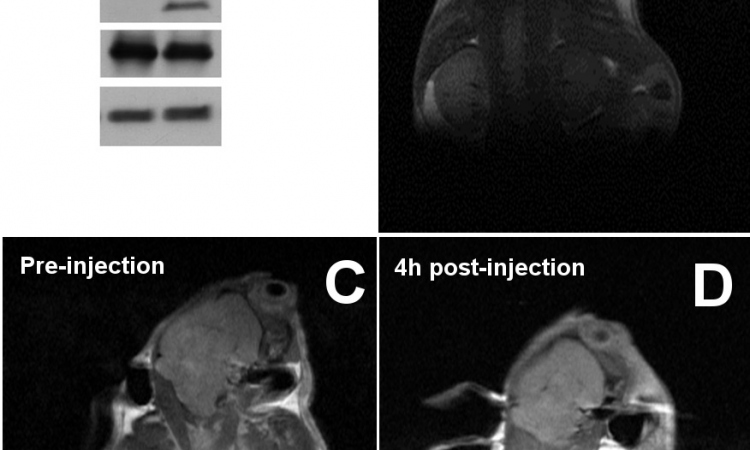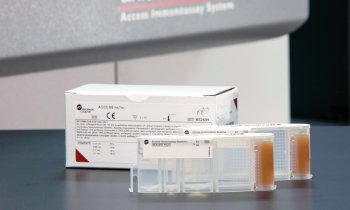News • Auto-immune condition
Lupus: study explores causes and impact of diagnostic delays
New research by Swansea University and the University of Cambridge has revealed the causes and devastating impacts of delays – that can last decades - in diagnosing lupus, an auto-immune condition.

Beth Smith has lupus and and is an ambassador for Lupus UK. She is also a beauty blogger - Beth Does Beauty.
Image credit: Beth Smith / Lupus UK
The research has been published in the medical journal Lupus.
The average diagnostic delay - time from first lupus symptoms to lupus diagnosis - among study participants was 7.5 years, with one patient having to wait 40 years. Participants diagnosed in more recent decades experienced longer average delays (7 years, 8 months) than those diagnosed in the 1990s (6 years, 10 months), despite improvements in diagnostic tests. Participants from Wales reported delays ranging from less than one year to 35 years, before they were correctly diagnosed with lupus.
Systemic Lupus Erythematosus (‘lupus’) is an autoimmune disease with symptoms ranging from joint pains to potentially life-threatening heart, lung, brain, and/or kidney damage. Early diagnosis and treatment can slow disease progression and limit long-term damage.
The new research drew directly on the diagnostic journey experience of 268 lupus patients across the UK, analysing survey responses from all of these and in-depth interviews with 25 of them. ‘Diagnostic overshadowing’ was found to be a major cause of diagnostic delays. This entails the symptoms of an undiagnosed disease - in this case lupus - being wrongly attributed to something else, either a diagnosed/suspected patient condition, such as depression, or a presumed characteristic, eg “malingering”.
Key areas for improvements include better training for clinicians in the numerous diverse symptoms autoimmunity can present with, and clinicians taking patient symptom reports seriously
Melanie Sloan
Most participants received multiple misdiagnoses before their lupus diagnosis. In the words of one: “GPs from 2003 to 2018 diagnosed stress, anxiety, post-natal depression, menopause and ‘overdoing it’.” (Participant-37, female, 50s).
Different types of misattribution by clinicians include:
- “Nothing seriously wrong”: “Too many doctors told me there was nothing wrong with me and to go away and get on with my life.” (Participant-16, female, 40s).
- “Medical mystery”: Clinicians told patients their symptoms were inexplicable or that it was too expensive to keep investigating. e.g. “They decided I had a totally novel disease.” (Participant-258, female, 40s)
- Symptoms viewed in isolation: “I had classic lupus symptoms, but they were never put together.” (Participant-57, female, 40s).
- Diagnostic roadblocks: Misdiagnoses - including mental health, psychosomatic, ME/chronic fatigue syndrome – which were hard for patients to challenge; eg “GP told me I was suffering with anxiety, when I went with swollen legs”
- Moral misattributions: eg “I was treated like a liar or an attention-seeker by medics as a child.” (Participant-52, female, 40s).
Researchers identified different types of impact on patients, caused by these delays:
- Childhood isolation: Misattribution of undiagnosed lupus symptoms to “teenage laziness” led to reduced support from family and doctors (Participant-78, female, 50s).
- Organ damage and hospitalisation. “I became extremely ill with a life-threatening condition, on life support for 6 days with bleed into lungs and kidney failure” (Participant-87, female, 50s).
- Miscarriages and pregnancy complications: “I had multiple miscarriages in my 20s, a stroke aged 32, severe headaches and migraines, bruised easily and still no one considered Antiphospholipid Syndrome or Lupus as the cause”(Participant-156, female, 50s).
- Lost careers: “I felt belittled, I lost my job as a nurse” (Participant-103, female, 40s).
The numerous patient recommendations to doctors included: “When we tell you it’s not all in our heads believe us” (Participant-98, female, 30s).
The study's lead author, Rupert Harwood of Swansea University Medical School, said: “Our research highlights the devastating impact of diagnostic delay in lupus, including irreparable organ damage and poor quality of life. As lupus can be diagnosed within a couple of months, it’s a tragedy that most participants had to wait years or decades."
The senior author of the research, Dr Melanie Sloan of the University of Cambridge, added: “Timely diagnosis and treatment are critical to reducing long-term damage. The negative impacts of diagnostic delays are not just physical damage, but also damage to mental health and future medical relationships. Key areas for improvements include better training for clinicians in the numerous diverse symptoms autoimmunity can present with, and clinicians taking patient symptom reports seriously."
Source: Swansea University
24.06.2025











